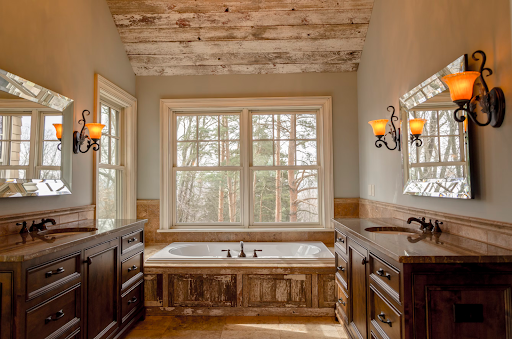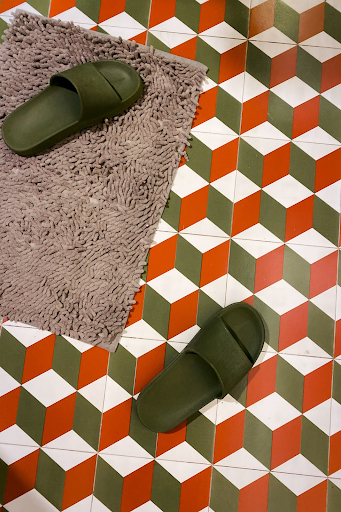How to Safely Remodel a Room With a History of Mold
Mold is unsightly, to start with. But it’s a lot more than that. It’s a major threat to your home’s structure, interior finishes, and your health. In fact, studies estimate that 70% of U.S. homes experience mold issues at some point, often hidden behind walls or under flooring.
Left untreated, mold can spread quickly and lead to costly damage, from ruined drywall to weakened foundations. It can also trigger respiratory problems and allergies for those living in the home.
If you’re planning to renovate a space with a history of mold or water damage, it’s crucial to take the right steps before you begin.
#1. Assess the Damage
Before you start tearing anything out, you need to understand the full extent of the damage. Mold often hides behind walls, under flooring, and in ceilings, so a surface-level check isn’t enough. Look for soft spots in drywall or wood, musty odors, or signs of water stains.
If you’re not sure where the mold is coming from or suspect hidden damage, it’s wise to call in a professional inspector.
They can use moisture meters and infrared cameras to pinpoint problems you might miss. Knowing exactly what you’re dealing with will save you time and money later.
#2. Eliminate Mold and Moisture Sources
There’s no point in remodeling if the mold will just come back.
You can find a lot of store-bought solutions that will clear the visible mold away. But these are going to be ineffective as long as you don’t tackle the actual source of your problem.
First, find and repair any leaks or sources of moisture. This could mean fixing roof damage, sealing foundation cracks, or replacing plumbing.
Next, address the existing mold. You may be able to clean small areas yourself with appropriate protective gear and cleaning products.
But if the problem is widespread or persistent, it’s safer to hire a professional for full mold remediation. They have the right equipment to completely remove mold and prevent spores from spreading during cleanup.
#3. Plan for Proper Ventilation and Long-Term Prevention
Mold thrives in damp, poorly ventilated spaces. If you’re renovating a bathroom, laundry room, or basement, it’s essential to address airflow issues. This means Installing a high-quality exhaust fan, adding vents, or even using a dehumidifier can help control humidity.
You also want to add mold-resistant building materials where possible, such as moisture-resistant drywall, paints with mold inhibitors. Vinyl or tile flooring is also a great mold-resistant alternative to carpet floors. These small upgrades can make a big difference in preventing future issues.
#4. Work With a Professional Renovation Team
A trusted contractor or bathroom remodel company can take the guesswork out of the renovation process. They’ll know how to repair damage correctly, install proper ventilation, and choose durable, mold-resistant materials.
Working with professionals also means fewer surprises. They can identify structural problems during the renovation that you might overlook, saving you from future headaches.
Plus, their work is typically up to code, which is essential if you plan to sell your home later.
Once the structural remodeling work is done, you can work hand-in-hand with your builder to create a space you’ll love. This includes updating the layout, choosing new finishes, and adding features that make the space more beautiful.
Remember, mold infestation happens for a reason. The key is to address its cause before you move on to remodeling your space. If your property has a history of mold and issues, you should consider working with expert builders to prevent future mishaps.






